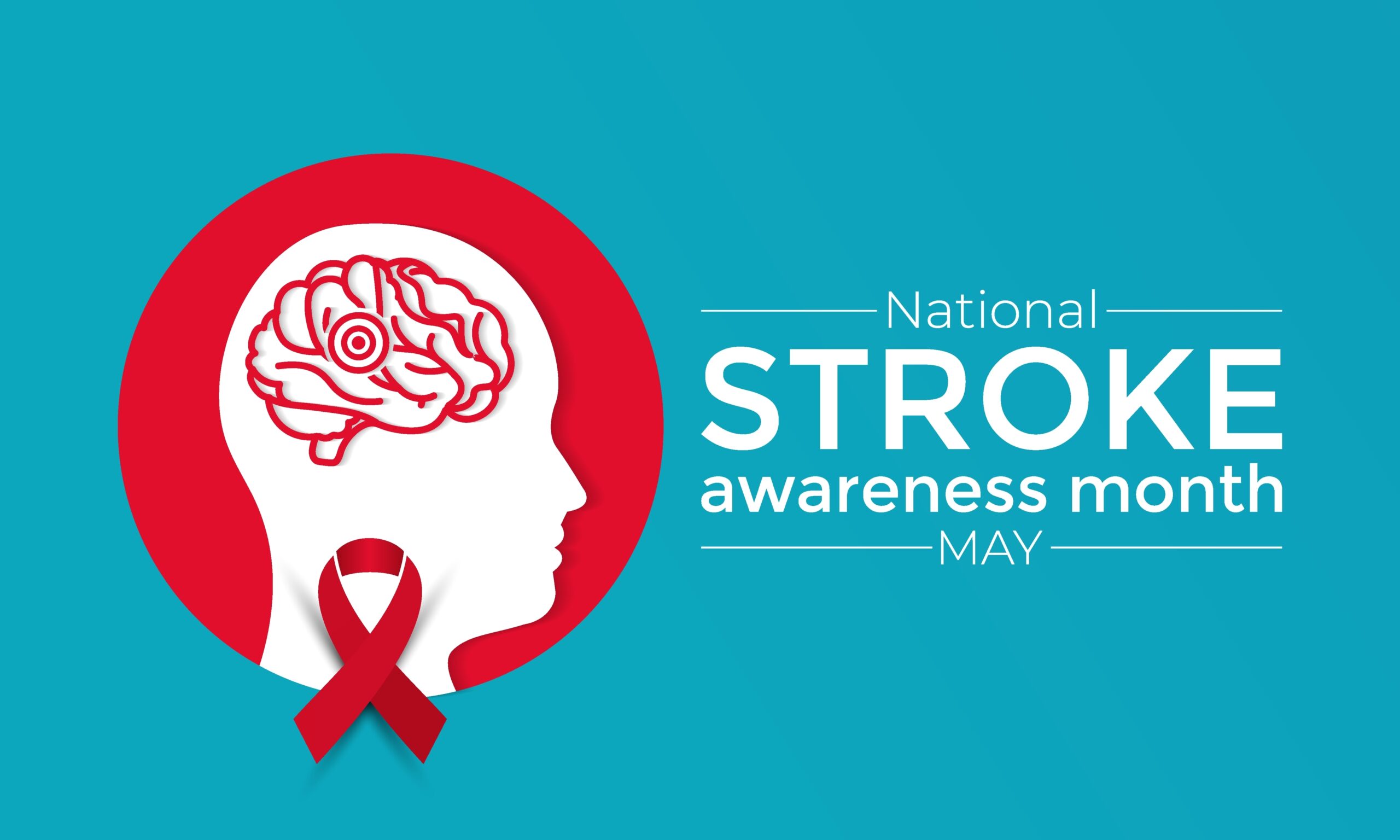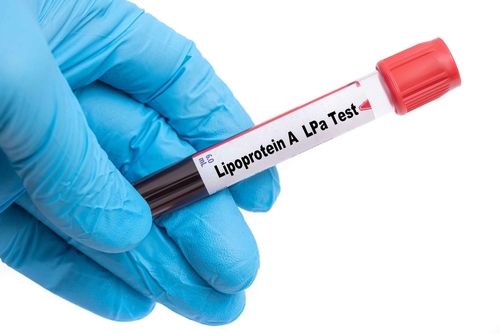
In a recent study, researchers found that a simple blood test may allow physicians to better screen for patients at higher risk of stroke and cognitive decline. Their findings were published in Stroke.
Currently, the only way to determine a person’s risk of cerebral vascular diseases such has stroke is a combination of imaging scans like magnetic resonance imaging, family history, demographic variables, and other risk factor evaluations, according to the study’s lead author Dr. Jason Hinman, of the UCLA Comprehensive Stroke and Center and the Mary S. Easton Center for Alzheimer’s Research and Care at UCLA.
In this study, researchers measured the concentrations of a network of the inflammatory molecules known as interleukin-18 (IL-18) in the blood of patients who have not had a cerebrovascular event. Past studies have linked IL-18 molecules to cerebral small vessel disease and stroke risk. However, the concentration of these individual molecules can fluctuate in response to other ailments, such as the flu or autoimmune disorders, making them unreliable predictors of stroke risk.
Building off previous findings, the investigators sought to determine whether the IL-18 network could be used to assess a person’s susceptibility to stroke risk or cognitive decline. To conduct this research, they used health data from a generations-long study known as the Framingham Heart Study, which tracked the medical history of thousands of residents in the city of Framingham, Massachusetts, throughout their lives beginning in 1948. Patients in the population of interest, composed of more than 2200 individuals, were tested for 5 of the 6 molecules in the IL-18 network.
Researchers used the Framingham participants’ blood samples and medical histories to develop a mathematical model that generates a risk score based on the concentrations of IL-18 network molecules. They observed that patients whose risk scores were in the top 25% had an 84% chance of having a stroke during their lifetime. Overall, the study showed that elevated risk scores were linked to a 50% increased risk of stroke and resulted in diagnostic prediction compared with existing risk assessment tools.
“The same way one uses cholesterol tests to evaluate one’s future risk for heart attack, we don’t have such a thing to estimate future risk for stroke,” Dr. Hinman said via a press release. “I believe we can do that by something as simple as a blood test, which, in theory, can enable broader access to the best level of care and not lock it behind advanced imaging studies and specialist evaluations.”







 © 2025 Mashup Media, LLC, a Formedics Property. All Rights Reserved.
© 2025 Mashup Media, LLC, a Formedics Property. All Rights Reserved.